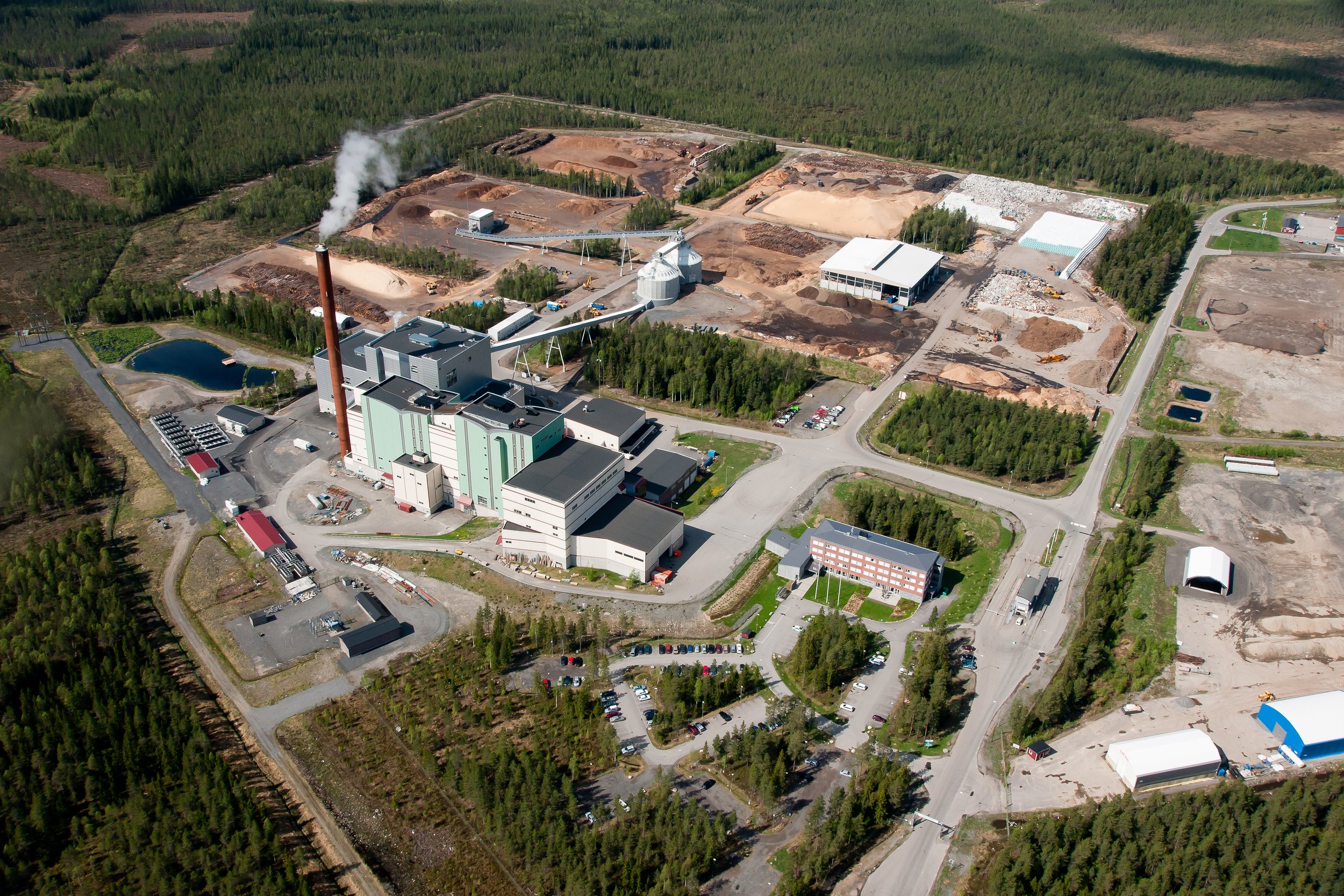Liquid Wind submits environmental permit application for its third large-scale production facility of eFuel in Umeå, Sweden
Liquid Wind has applied for an environmental permit for FlagshipTHREE at the Land and Environment Court in Umeå. The permit is for the company’s third commercial-scale green electrofuel facility, in Umeå north-east of Sweden.
Dåva cogeneration plant, Umeå Energi, Photographer: Johan Gunséus
Once operational, FlagshipTHREE will contribute to a 271,000-ton* reduction of CO2 emissions annually. Construction is planned to start in 2024 and the facility will be operational in 2027.
“The application for the environmental permit clearly shows Liquid Wind’s commitment to a world without dependency on fossil fuels and solidifies our position as a major player in the eFuel value chain. Electrofuels are crucial for the decarbonization of hard-to-abate industries such as shipping which consumes 300 million tons of fossil fuels annually. By transitioning to electrofuels, we can reduce carbon emissions by over 90%. By committing to Umeå as site location, we also help create green jobs in the region, both direct and indirect”, says Claes Fredriksson, CEO and Founder of Liquid Wind.
FlagshipTHREE will be built in cooperation with Umeå Energi and will be connected to Umeå Energi’s cogeneration plant Dåvaverket. FlagshipTHREE will capture biogenic CO2 from the Dåva plant and combine it with green hydrogen produced from renewable electricity from newly established or future renewable electricity sources (such as wind power) and water to generate green electrofuel, eMethanol**.
Facts about FlagshipTHREE in Umeå
New electrofuel facility
Timeline: Construction is planned to begin in 2024. Operational in 2027.
Planned production capacity: 130,000 tons of green electrofuel/year.
Estimated CO2 reduction: 271,000 tons/year.
*The planned electrofuel production in Umeå is estimated to contribute to a 271,000-ton reduction of CO2 emissions annually, primarily by replacing marine fossil fuels (approximately 199,000 tons of CO2) and through permanent storage of fossil carbon dioxide (approximately 72,000 tons of CO2).
**Biogenic carbon dioxide will be captured from Dåvaverket and combined with green hydrogen, produced from renewable electricity from newly established or future renewable electricity sources (such as wind power) and water to generate green electrofuel.

